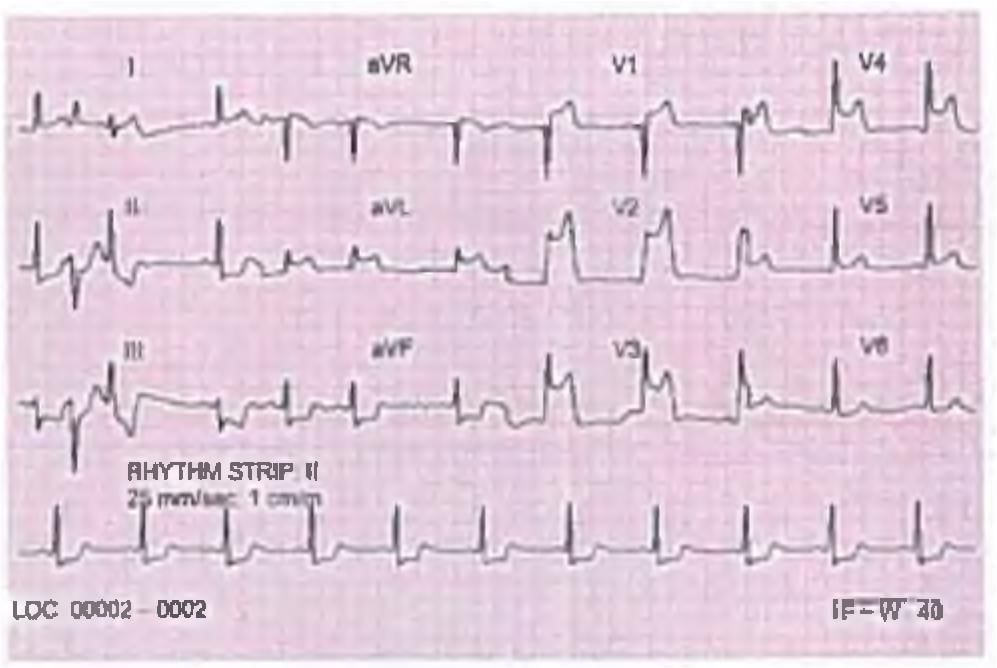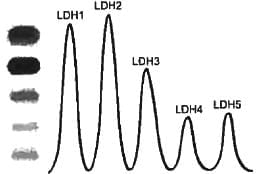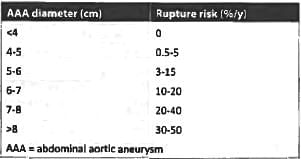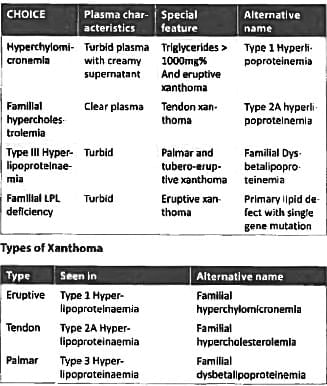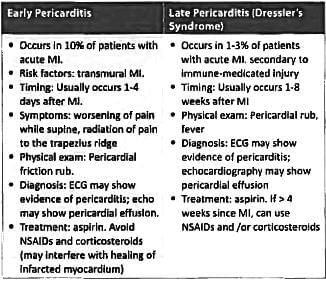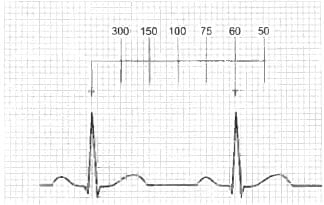Test: Atherosclerotic CVD and Myocardial infarction- 2 - NEET PG MCQ
30 Questions MCQ Test - Test: Atherosclerotic CVD and Myocardial infarction- 2
Dressler's syndrome is characterized by? (Recent Pattern 2014-15)
A patient with acute inferior wall myocardial infarction has developed hypotension with kussmaul sign. Which of the following is the most likely cause of? (AIIMS May 2004)
'Flipping effect' is best explained by? (Recent Pattern 2018)
A post MI patient came for follow-up after 1 month. His lipid profile shows HDL of 32 mg/dl, LDL of 126 mg/dl and Triglycerides of 276 mg/dl. What is the best management of this patient? (AIIMS May 2017)
A 55-year-old female presents with Levine sign, hiccups and vomiting episodes. On examination HR = 50/min with BP = 100/60 mm Hg with elevated JVP ECG technician is yet to arrive. Which coronary artery is likely to be involved? (Recent Pattern Questions)
A 67 year man with history of hypertension, hyperlipidemia and tobacco use has been diagnosed with infra-renal aortic aneurysm of size 3 X 3.5 cm. Which is best suited for this patient? (Recent Pattern Questions)
Which amongst the following endothelin is involved in MI? (Recent Question 2016-17)
VLDL is? (Recent Question 2016-17)
Friedewald's formula is used to calculate? (Recent Question 2016-17)

A 7-year old boy presents with severe abdominal pain. On examination he has xanthomas. Blood drawn for work up has milky appearance of plasma. Which lipoprotein is increased? (AIIMS May 2015)
The following statements in relation to right ventricular myocardial infarction are correct except: (UPSC 2015)
Match List-I with List-II and select the correct answer using the code given below the lists: (UPSC 2015)

Code:

Which one of the following is not an early complication of acute myocardial infarction? (Recent Question 2015-16)
This 60-year-old male-diabetic and smoker-came with 3 hours of substernal pain. Which of the following statements is true regarding his ECG? (APPG 2015)

Elevated triglycerides and decreased HDL is seen in? (JIPMER Nov 2015)
Which is the best way to differentiate between stable angina and NSTEMI? (Recent Question 2015-16)
Aetiology of Dressler Syndrome is? (Recent Question 2015-16)
A 65-year-old male had MI one year ago. Now the same patient presents with hypertension. Which of the following drug is best suited for this patient? (Recent Question 2015-16)
All are used for secondary prevention of MI except: (Recent Question 2015-16)
Coronary artery disease is associated with all EXCEPT: (Recent Question 2015-16)
A 50-year old man who had recently joined a gym collapsed on the treadmill. He was rushed to the hospital where an ECG shows presence of: (Recent Question 2015-16)
